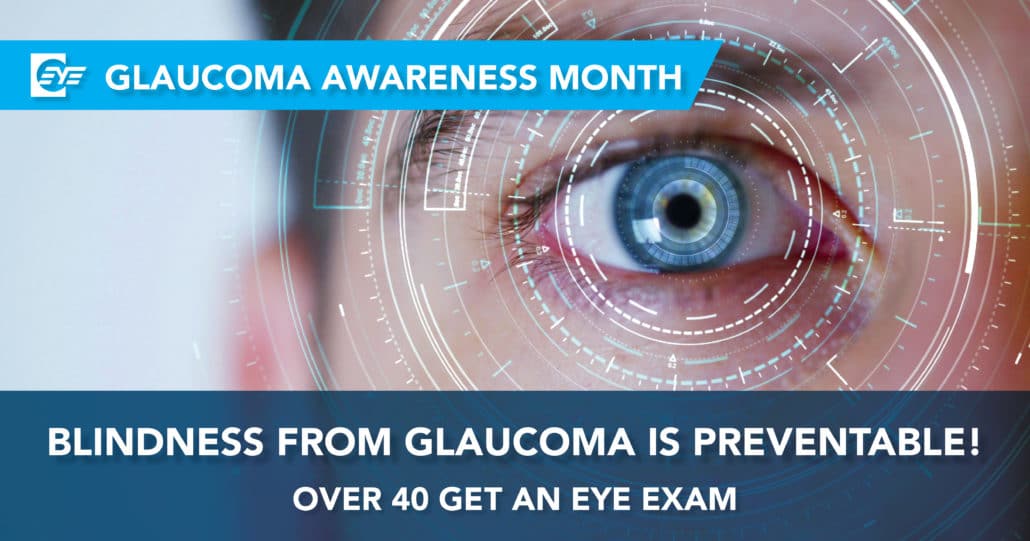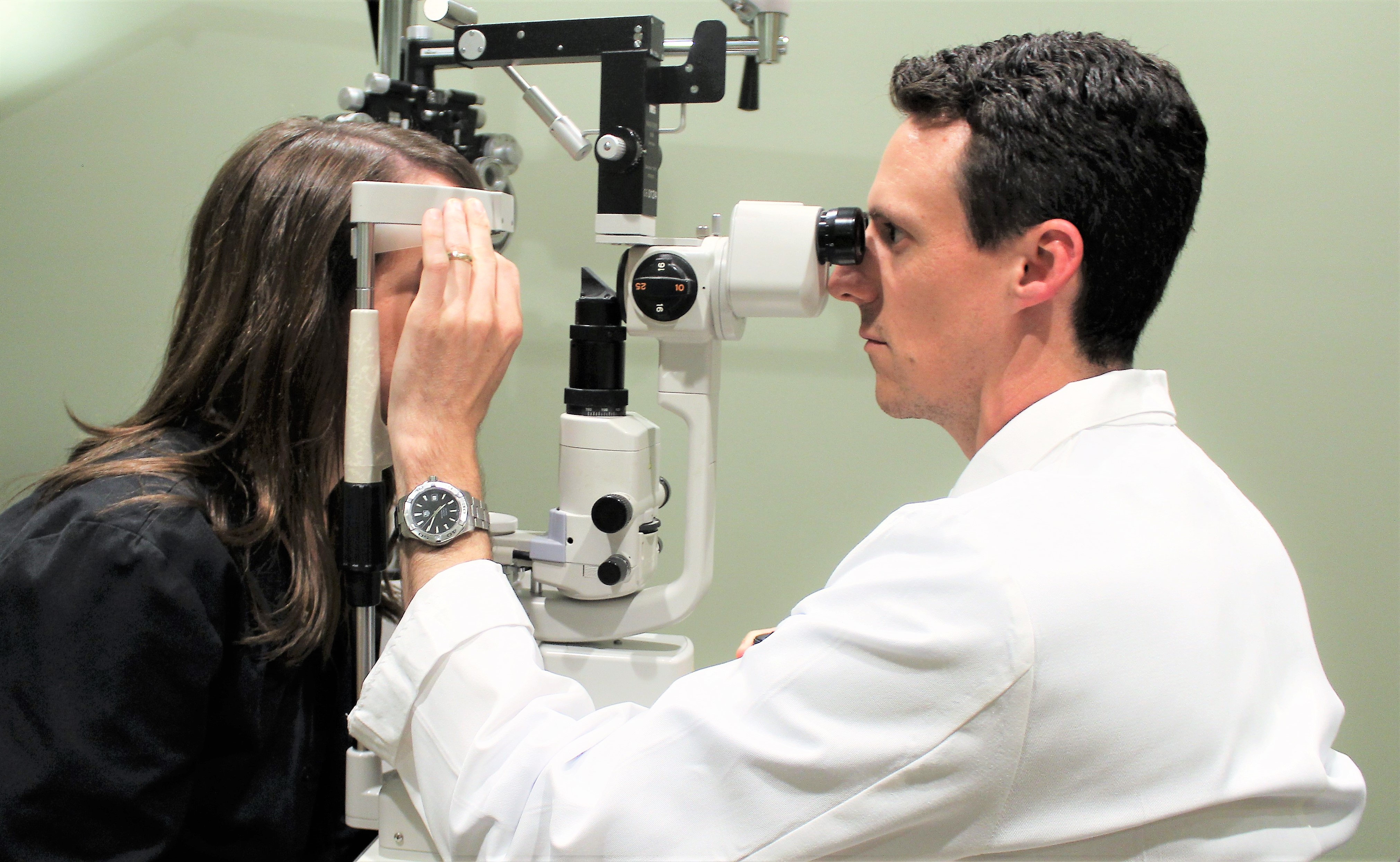Today in the United States, around 3 million adults—most over forty—contend with the serious sight-robbing disease, glaucoma. What’s even more disturbing, though, is that most eye care providers expect that number to increase significantly over the next decade.
“Glaucoma continues to be a leading cause of blindness in the U.S.,” says Dr. Adam Quinn, a glaucoma specialist with Hattiesburg Eye Clinic. “And, it’s prevalence is only going to grow as our population ages.”
In light of this growing threat to millions of people’s vision, Hattiesburg Eye Clinic and other providers recognize January as “Glaucoma Awareness Month.” During this time, eye care professionals across the nation not only want to make people aware of the dangers of glaucoma, but also of the array of treatments now available to neutralize the disease’s potential impact.
Glaucoma begins with the inability of the eye to properly drain excess intraocular fluid. This results in abnormally high internal eye pressure that over several years can severely damage the optic nerve, the main visual conduit from the eye to the brain. The resulting damage is irreversible, leading to permanent visual impairment or blindness if not prevented.
Fortunately, eye doctors have developed effective measures to slow or even stop this progressive damage. Those measures are even more effective, according to Dr. Quinn (currently the only full-time, fellowship-trained glaucoma specialist in South Mississippi), thanks to new treatment advances in glaucoma management.
For instance, daily eye drops have been used for years to help the eyes maintain normal intraocular pressure. But a recent advance in drop technology now offered by Hattiesburg Eye Clinic makes delivery of the medication easier and more convenient for eligible patients.
“We now have implants we can place in the eye containing pressure-regulating medication,” says Dr. Quinn. “The implants are designed to release a daily dose of the medication, so that the patient no longer has to place the drops themselves.”
Surgical techniques are also an important part of glaucoma management, particularly if the disease has entered an advanced stage. In addition to established procedures, eye surgeons are now using a new type of surgery called minimally invasive glaucoma surgeries (MIGS).
“One of these newer techniques we offer is called iStent,” says Dr. Quinn. “It’s a tiny stent, about the size of a letter on a penny, installed in the eye that allows accumulated fluid to bypass a defective eye drain. As a minimally invasive procedure, patients have little risk for complications and a relatively easy recovery period.”
These and other advancements are changing the way specialists like Dr. Quinn care for glaucoma. But the best outcomes still depend on one important element—early detection.
“It’s essential that we begin screening for high eye pressure sometime around age 40, or earlier if there’s a family history of glaucoma, and annually thereafter,” says Dr. Quinn. “I can’t stress enough the importance of these yearly eye exams—they indeed could alter the trajectory of a disease like glaucoma, and preserve a person’s ability to see many years down the road.”
Glaucoma is a life-long struggle. But with all of the tools now available to manage it, someone with glaucoma can overcome it and preserve their vision later in life.
Visit our webpage for more information on glaucoma and treatment options. To learn more about how Hattiesburg Eye Clinic can improve your vision health, call 601-268-5910 (or toll-free 800-624-8254) or schedule a consultation with us online.


